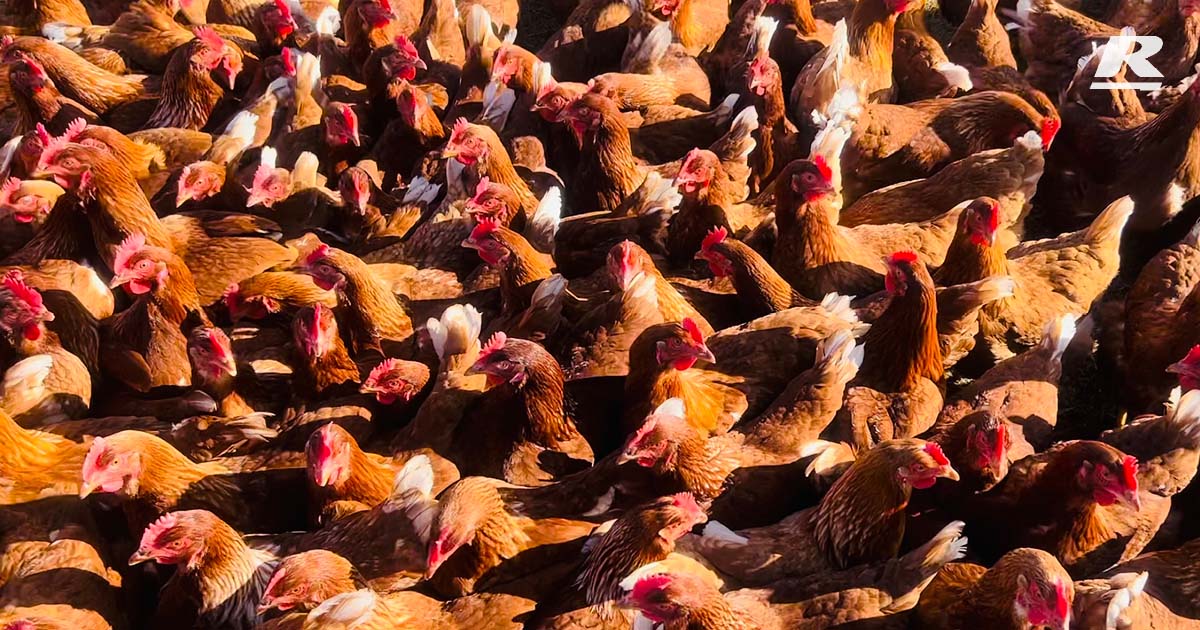Heat Stress in Poultry
Part 1: Causes and Effects
As the demand for animal protein increases globally, the poultry business is becoming increasingly significant. However, in the livestock sectors, especially the poultry business, high ambient temperatures that produce heat stress are a major cause of financial and animal losses. Heat stress significantly reduces chickens performance, has a severe impact on welfare, and compromises food safety. Heat stress occurs when heat produced by an animal surpasses its capacity to dissipate it into the surrounding environment and body temperature increases causing hyperthermia.
When environmental temperature rises above the thermoneutral zone (comfortable temperature range), poultry reduce their physical activity: they become lethargic and spend more time squatting with their bodies close to the ground. This reduces endogenous or internal heat production caused by muscle activity. Heat stress acts negatively on regulatory metabolism and general homeostasis and impairs the function of the digestive system. Reduction in feed intake is the most common response and effectively limits production of metabolic heat caused by digestion, absorption, and nutrient metabolism in the gastrointestinal tract (GI). This unfavourably affects feed metabolism and gut health integrity.
Promoting gut health involves a variety of factors, including diet composition and nutritional value, digestion and absorption, gastrointestinal lining integrity, GI immune system resiliency, and GI microbial dynamics.
Poultry develop “cooling behaviours” such as fluffing out their feathers to increase heat loss from the skin. Because poultry have no sweat glands, they compensate for lack of skin evaporative cooling by increasing evaporative cooling via water from the lungs. To do this, they increase rate of panting and water requirements increase so water consumption increases and chicken feed intake reduces. Another problem is that panting also increases carbon dioxide loss which has a negative effect on poultry. Blood plasma pH increases causing respiratory alkalosis and acid base balance. Also, potassium and phosphate decrease and sodium and chloride levels rise. Alkalosis is a serious problem because it reduces blood calcium available for eggshell production resulting in soft shells.
When exposed to heat stress, chickens produce more stress hormones and have higher levels of glucocorticoids, especially corticosterone. High amounts of corticosterone have negative effects on chicken growth potential, increase protein breakdown, decrease protein synthesis in skeletal muscles, and promote body fat deposition.
Scientists and businesses working in the poultry industry are dedicated to creating effective tools to combat heat stress because of its enormous relevance to the industry. It is unquestionably possible for poultry farmers to deal with hot weather by using management techniques, genetic selection, and engineering equipment and solutions that optimise the environmental control of chicken buildings.
